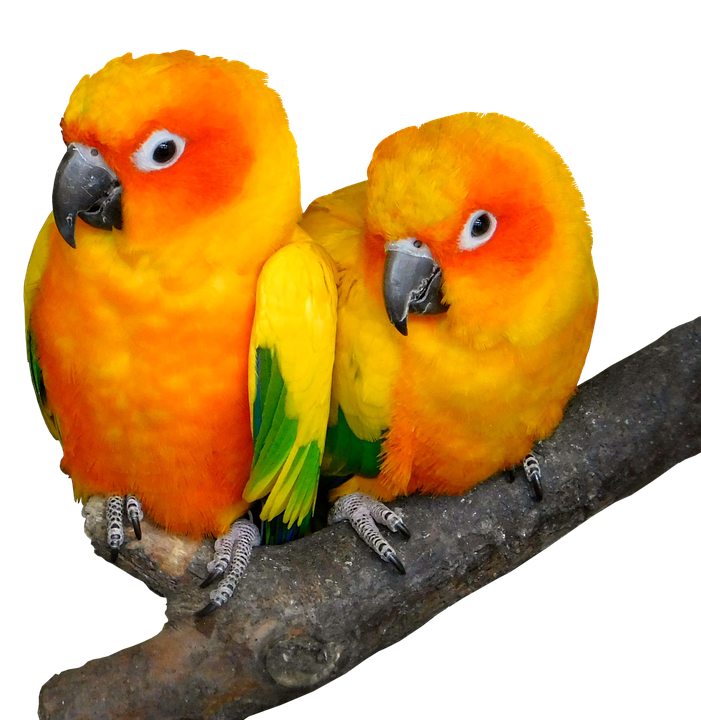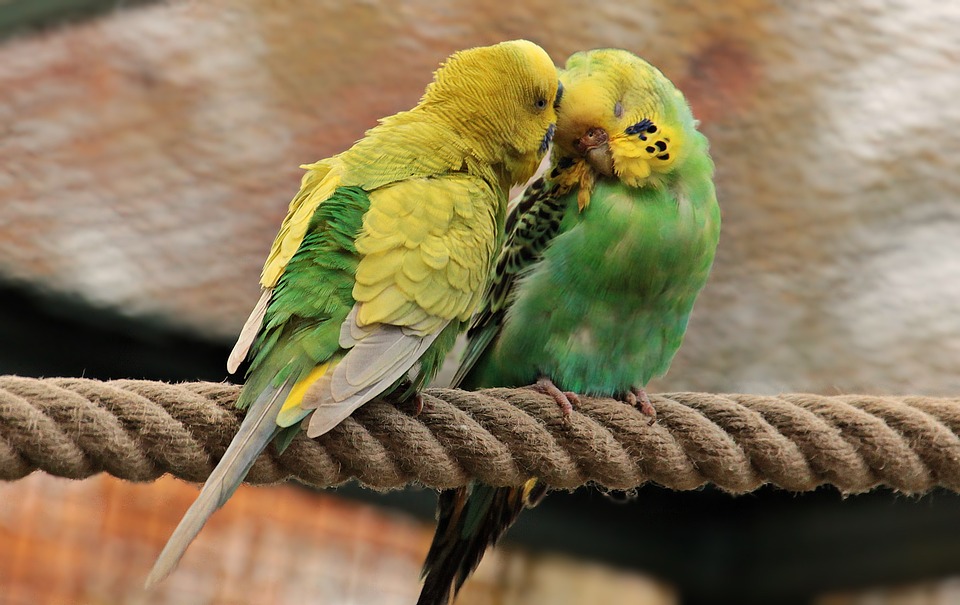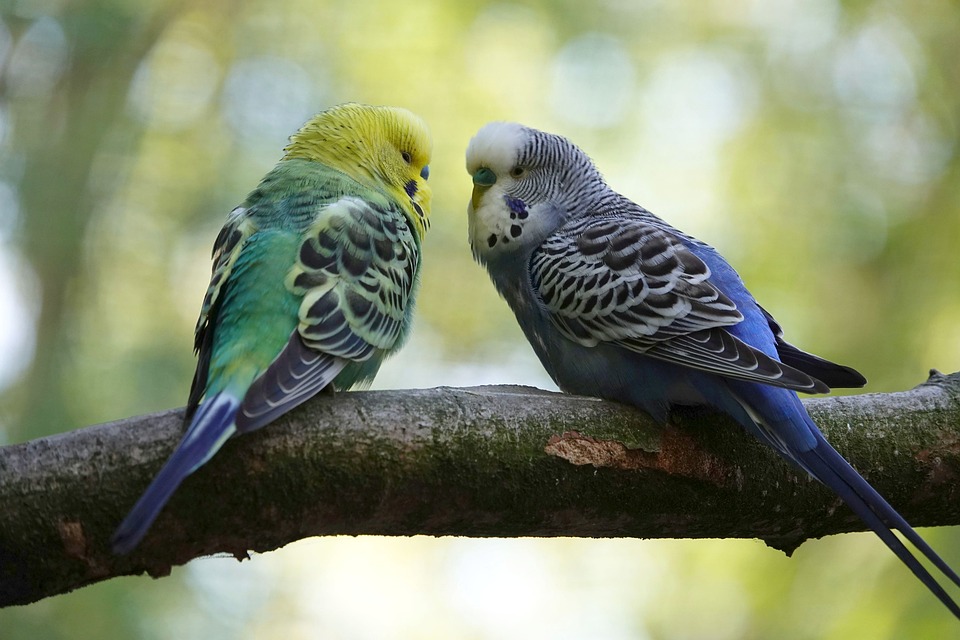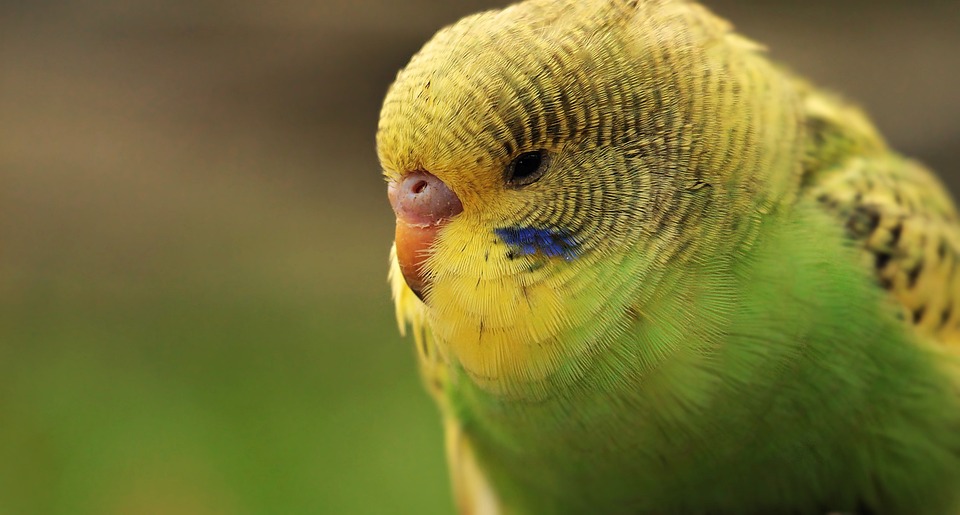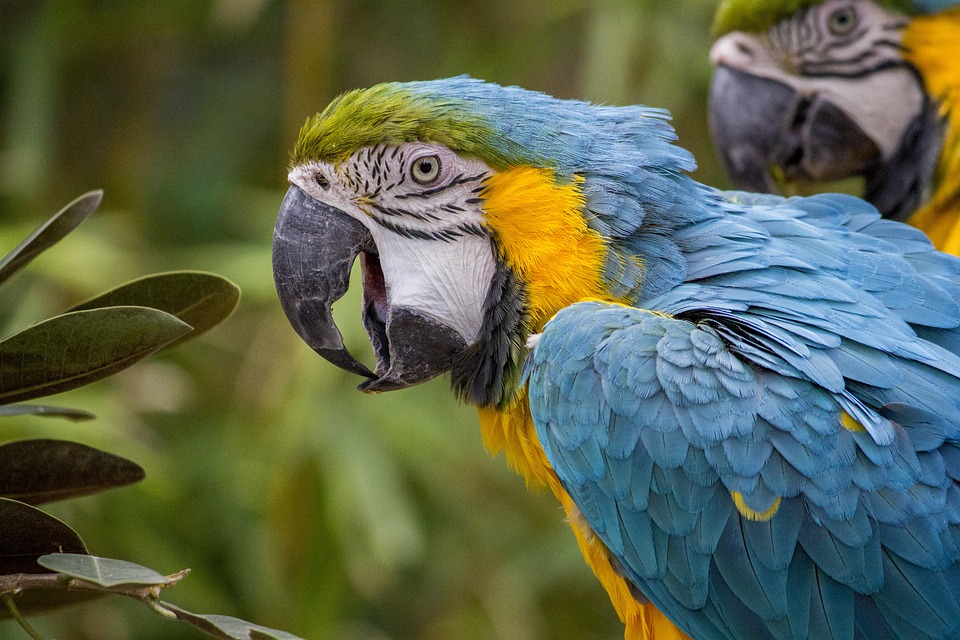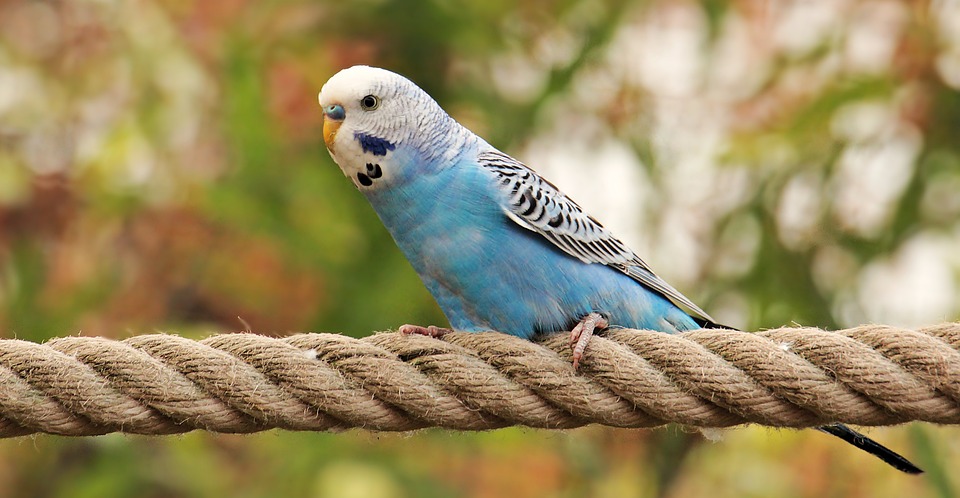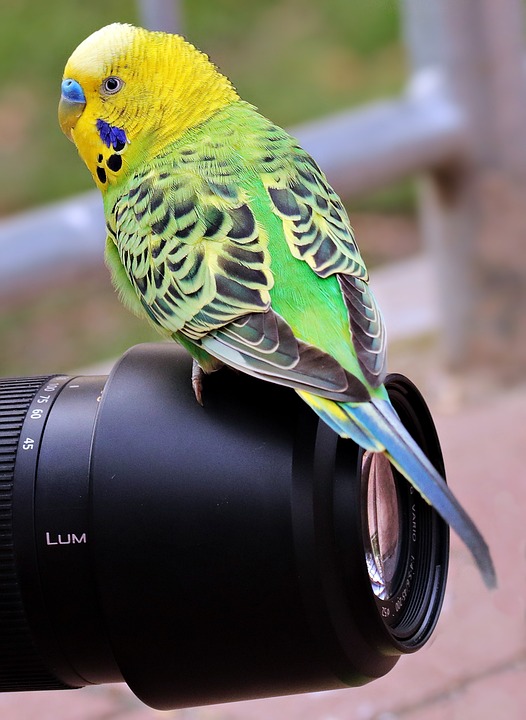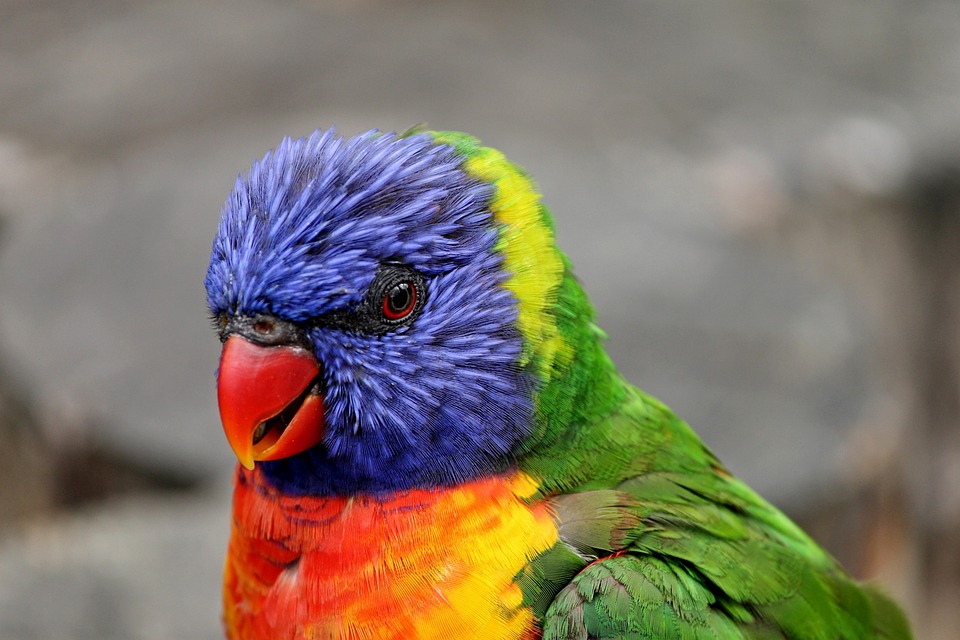Parrots are highly intelligent and social creatures, making them popular pets for many people. However, their intelligence and free-spirited nature can also pose challenges when it comes to training them. This is where positive reinforcement comes in as a key tool for effective parrot training. By understanding and implementing positive reinforcement techniques, you can create a rewarding and enriching training experience for both you and your feathered friend.
Positive reinforcement is a training method that focuses on rewarding desired behaviors rather than punishing unwanted ones. This approach is based on the principle that behaviors that are rewarded are more likely to be repeated in the future. By using positive reinforcement, you can effectively communicate with your parrot and encourage them to exhibit the behaviors you desire.
There are several benefits to using positive reinforcement in parrot training. Firstly, it creates a positive and trusting relationship between you and your parrot. Instead of using force or fear-based methods, positive reinforcement allows you to build a bond based on trust, respect, and mutual understanding. This not only enhances the training process but also strengthens the overall relationship between you and your parrot.
Additionally, positive reinforcement promotes a safe and stress-free training environment. Parrots are sensitive creatures, and negative reinforcement or punishment can lead to fear, stress, and even aggression. By focusing on positive reinforcement, you can create an environment that encourages your parrot to learn and explore without fear of negative consequences. This promotes a happy and healthy learning experience for your parrot.
The science behind positive reinforcement lies in the brain’s reward system. When a parrot performs a desired behavior and receives a reward, such as a treat or praise, the brain releases chemicals like dopamine, which create a sense of pleasure and satisfaction. This reinforces the connection between the behavior and the reward, making it more likely to occur again in the future. Over time, this creates a strong association between the behavior and the positive outcome, leading to long-lasting and reliable training results.
Implementing positive reinforcement techniques in parrot training involves a few key steps. Firstly, it is important to identify the behaviors you want to encourage in your parrot. This could include actions like stepping up onto your hand, speaking specific words or phrases, or performing tricks. Once you have identified the desired behaviors, you can choose appropriate rewards for your parrot. This could be a favorite treat, praise, or a special toy.
Timing and consistency are crucial factors in positive reinforcement. The reward must be given immediately after the desired behavior occurs, so the parrot can make the connection between the behavior and the reward. Consistency is also important in reinforcing the behavior and ensuring that your parrot understands what is expected of them.
A step-by-step guide to using positive reinforcement in parrot training involves setting clear training goals, breaking down behaviors into smaller achievable steps, using a clicker as a powerful positive reinforcement tool, shaping behavior with progressive rewards, and fading out treats to transition to intermittent reinforcement. This gradual approach allows your parrot to learn and progress at their own pace while maintaining motivation and enthusiasm.
However, there are common challenges that may arise during parrot training with positive reinforcement. Dealing with unwanted behaviors, overcoming fear or aggression issues, and practicing patience and persistence are key to success. It is important to address these challenges with a positive and constructive mindset, seeking guidance from experienced trainers or avian behavior specialists if needed.
In the FAQs section, common questions regarding positive reinforcement in parrot training are addressed. These include whether positive reinforcement can be used for all parrot species, common rewards for parrots during training, the time it takes to see results, using positive reinforcement for parrot bonding and aggressive behavior, motivating parrots that aren’t interested in treats, risks or downsides of positive reinforcement, combining positive reinforcement with other training methods, ensuring consistency, and specific techniques for training parrots to talk.
In conclusion, positive reinforcement is the key to effective parrot training. By harnessing the power of positive reinforcement, you can create a rewarding and successful training experience for both you and your parrot. Embracing the journey of training and bonding with your parrot not only strengthens your relationship but also enhances their overall well-being and happiness. So, grab your clicker and treats, and embark on the exciting adventure of positive reinforcement training with your parrot!

